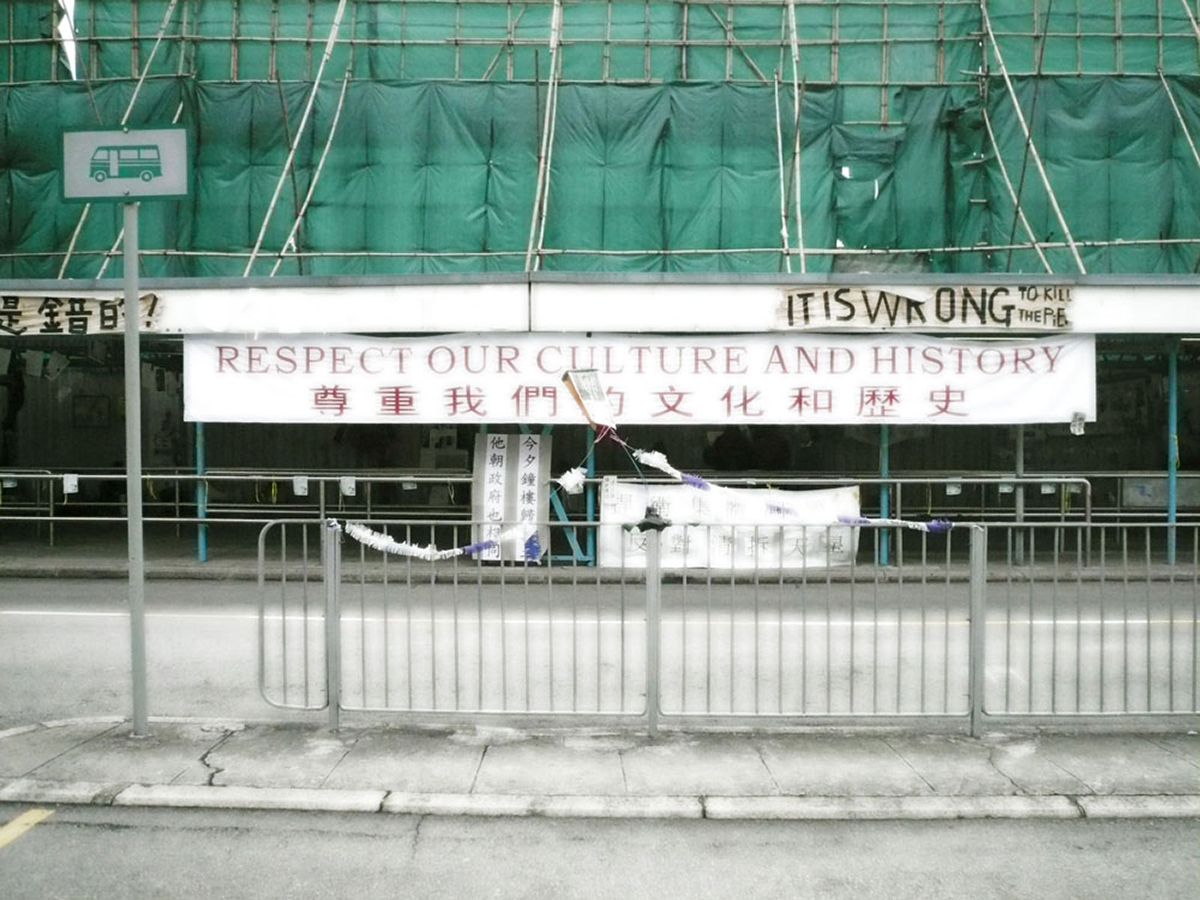
The Loop: Shattered structures
Insights from artists working in shattered academic institutions, warnings against group-think, dogma and echo chambers, and thoughts on the paradigm shift in Trump’s USA. The week’s necessary art reads, from the RealTime team, to you.
2017 has brought much discussion of the scarcity of spaces for in-depth art criticism in the Australian media. Sydney museum 4A, a place for contemporary Asian art, has an online publication of unusual breadth for the discussion of art, culture and ideas. This piece by Helen Grace, an artist and academic who works in Hong Kong, draws on an incredible depth of research and personal experience to discuss the ravine of difference between academic cultures in Australia and abroad. Her analysis is particularly relevant for those Australian artists and arts writers who increasingly find themselves squeezed into the structures of neoliberal universities:
“The first of the university restructures I experienced in Australia eliminated support jobs, sweeping through administrative levels, while leaving academic jobs untouched. All this was done in the interests of greater rationalisation and efficiency, leaving highly paid academics to do their own administration — an immediate inefficiency, since it reduced the time academics had to perform the highly specialised jobs they were being paid to do — while the management strata pretended that those administrative tasks were simple, or not even jobs, and acted as if they didn’t exist in any real space and hence required no time.”
Identity politics (IdPol) has become a dominant narrative in contemporary art and public discourse. In a thoughtful and sensitive essay in Right Now, Melbourne writer-editor and former IdPol-adherent Adolfo Aranjuez leads us through the shifts in his thinking over the years, warning against group-think, dogma and echo chambers:
“IdPol is an effective framework for diagnosing what’s wrong with society. The many ills it brings to light — hate-based language, continued colonial violence, inequity based on sociopolitical marker — require redress. But it’s not a viable methodology; it is, like religion, a theoretical system that has, at best, iffy implications when put in practice…by designating a person an irrevocable identity label and making immediate judgments about their political viability, their ethical worth, based on such a taxonomy — as IdPol’s devotees do — IdPol undermines its own core motivation to counteract destructive societal forces.”
Is the art world broken? US critic Jerry Saltz thinks so. His recent essay in New York Magazine reviews a new exhibition addressing Trump’s America, and he wonders whether artists are making work that is relevant to the new social order. If the US art market and the ecology around it is in need of repair, feeling dull and fenced off in comparison to a fracturing political landscape, then what about Australia? Saltz’s article is a call to embrace skepticism and forget defensiveness, to talk frankly about what’s working and what’s not in the art community.
“We’re living through a political paradigm shift, which means that the real world feels excruciatingly alive, with everything at stake and in spin. And yet the more I look for signs of similar vitality in the big-picture art world, where I always look for signs of new life, the more frustrated I’ve become. I think of Marianne Moore’s poem on her beloved subject, ‘Poetry,’ which begins, ‘I, too, dislike it.’ I’ve been thinking this way at least since I visited ‘Wrong Side of History’ last month, an edgy group show addressing Trump’s America, its rising white nationalism, nativism, and Republican cruelty. It’s all politics, but there was enough good art and optical agency in ‘Wrong Side of History’ to recommend the show.”






